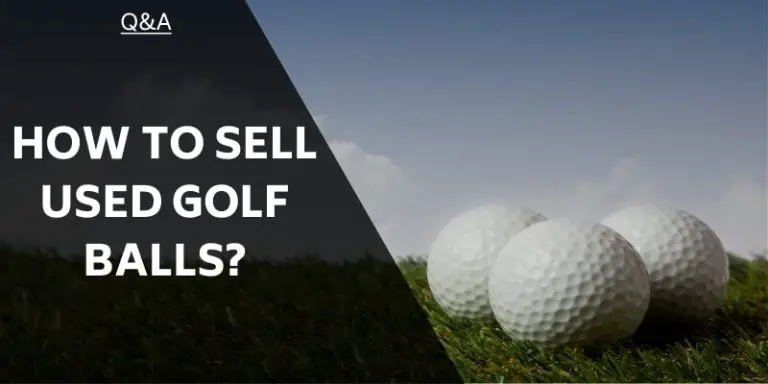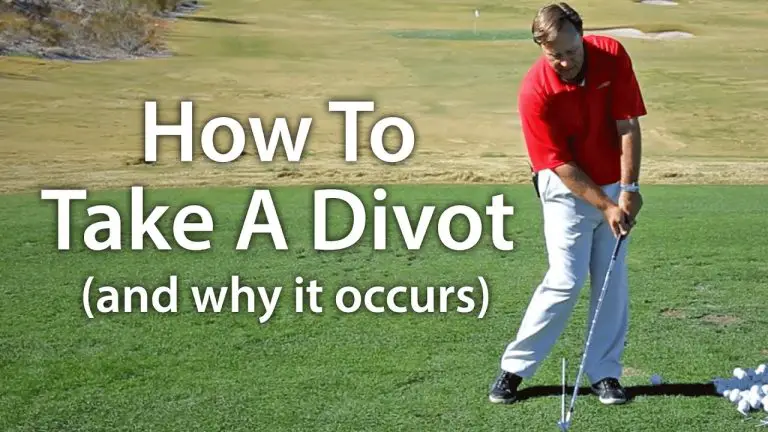56 Vs 60 Degree Wedge
Wedges are among the most important clubs in a golfer’s bag, especially for short-range shots around the green. However, with so many options available in the market, choosing the right wedge can be a daunting task. Among the many wedge options, two of the most popular choices are the 56 and 60 degree wedges.
Both the 56 and 60 degree wedges have their own unique characteristics that can affect ball flight, spin, and distance control. These differences can make choosing between the two a challenge for many golfers.
The 56 degree wedge typically has less loft and generates less spin than the 60 degree wedge. This can make it a better choice for golfers who want to maintain better distance control on their shots. On the other hand, the 60 degree wedge has more loft and generates more spin, making it an ideal choice for golfers who want to hit high, soft shots around the green that will stop quickly.
Bounce angle is another factor that can impact your decision when choosing between the two wedges. The bounce angle affects how the club interacts with the turf, making it easier to hit out of different types of lies. The 60 degree wedge typically has a higher bounce angle than the 56 degree wedge, making it a better option for softer turf conditions.
In this article, we’ll explore the differences between the 56 and 60 degree wedges in more detail, helping you decide which one is right for your game. We’ll also provide tips and techniques for using each wedge, as well as maintaining and caring for them to ensure optimal performance. By the end of this article, you’ll have a better understanding of these two wedges and be able to make an informed choice that can improve your golf game.

The Differences Between 56 and 60 Degree Wedges
The primary difference between the 56 and 60 degree wedge is the loft angle. The 60 degree wedge has a higher loft, which makes the ball launch higher and with more spin than the 56 degree wedge. This can be an advantage when you need to hit a high, soft shot that lands softly on the green. However, the higher loft can also make it harder to control the distance of the shot.
Bounce angle is another significant difference between the two wedges. The bounce angle is the angle between the leading edge of the club and the ground. A higher bounce angle can help prevent the club from digging too far into the turf and can make it easier to get the ball up in the air. The 60 degree wedge typically has a higher bounce angle than the 56 degree wedge, making it more suitable for softer turf conditions and fluffy lies around the green.
Grind options can also affect the performance of the wedge. Wedges can have different grind options, including a full sole, a traditional grind, or a low bounce grind. The grind option you choose can impact how versatile your wedge is and how well it can handle different shots.
Clubhead size is another factor to consider when choosing a wedge. The 60 degree wedge typically has a smaller clubhead than the 56 degree wedge, which can make it easier to hit precise shots. However, the smaller clubhead can also make it less forgiving on off-center hits.
Distance control and spin rates are also important factors to consider. The 56 degree wedge typically hits the ball further than the 60 degree wedge, but it generates less spin. Conversely, the 60 degree wedge generates more spin, making it an ideal choice for high, soft shots around the green.
Choosing the Right Wedge
Choosing the right wedge depends on your game, swing, and course conditions. If you play on courses with softer turf, a 60 degree wedge may be a better option. Conversely, if you need more distance control, the 56 degree wedge may be a better choice.
It’s also important to consider your swing and the type of shots you commonly hit. The grind options can affect the versatility of the wedge, so consider the type of shots you want to hit and choose a grind option that complements your game.
Finally, it’s important to note that wedge fitting can also play a significant role in selecting the right wedge. A club fitter can help you identify the right loft, bounce angle, and grind options based on your swing characteristics and the type of shots you want to hit.
Techniques for Using 56 and 60 Degree Wedges
Once you’ve chosen your wedge, it’s important to master the techniques for using it. Chipping and pitching techniques for different types of lies and distances are crucial to learn. Bunker shots also require specific techniques, and the bounce angle can affect your technique. Full shots and specialty shots require different techniques, and the grind options can help you execute them.
To improve your skills, it’s essential to practice drills for using your wedge. Distance control drills can improve your consistency and precision, while bunker practice drills can help you master various bunker shots. Pitching and chipping drills can help you hone your technique and touch, while specialty shot drills can help you practice advanced shots and creative shot-making.
Maintaining and Caring for 56 and 60 Degree Wedges
To ensure optimal performance and longevity of your wedges, it’s important to maintain and care for them properly. Cleaning and storage can help prolong the life of your wedges, while regular inspection and maintenance practices can ensure they’re in top condition.
To clean your wedges, use a soft-bristled brush and warm, soapy water. Avoid harsh chemicals and abrasive tools that can damage the finish. After cleaning, dry your wedges thoroughly and store them in a dry, cool place.
Regular inspection and maintenance practices can help ensure your wedges are performing at their best. Check the grooves for wear and tear and replace your wedges when they no longer produce the spin and distance control you need.
Comparison with Other Wedges
The 56 and 60 degree wedges are just two of many wedge options available. Comparing them to other loft angles can help you decide which wedge is best for your game. The 52 degree wedge is another popular option for short-range shots, while the 58 degree wedge can provide a good balance between distance control and spin.
When selecting a combination of wedges for your bag, it’s important to consider how each wedge complements the others. For example, you may want to pair your 56 degree wedge with a gap wedge or a lob wedge to cover all the distances you need.
Conclusion
Choosing between a 56 and 60 degree wedge can be a difficult decision, but understanding the differences between the two can help you make an informed choice. Consider your game, swing, and course conditions when choosing a wedge, and don’t be afraid to seek the advice of a professional club fitter.
Once you’ve chosen your wedge, practice your techniques and use drills to improve your skills. Maintain and care for your wedges properly to ensure they last as long as possible and perform at their best.
In the end, the right wedge can be a powerful weapon in your golf bag, and with the right approach, you can use it to elevate your game and improve your scores.





